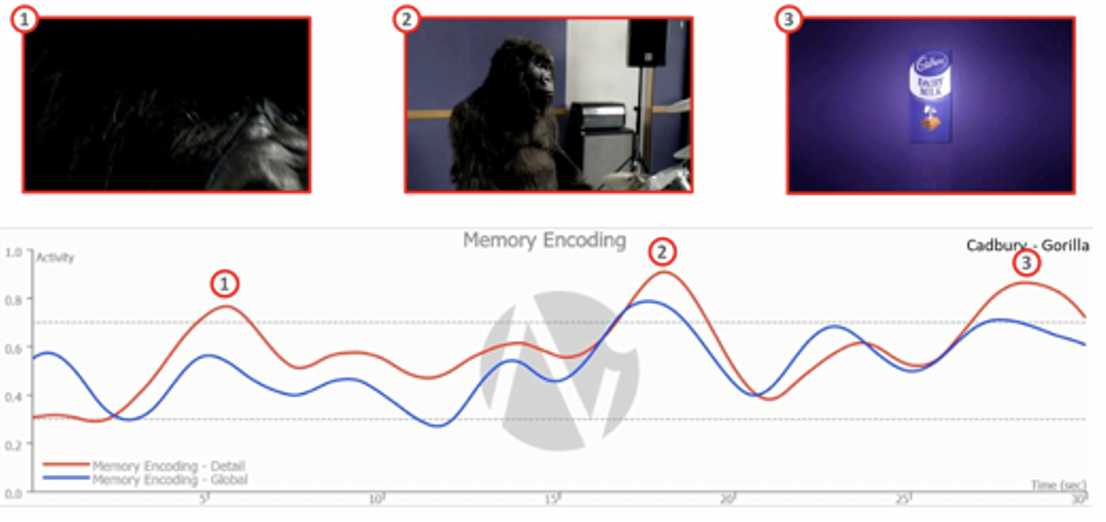Think about pushing boundaries, what comes to mind?
Does it make you think of people overstepping and causing offence, or does it conjure the image of people breaking the mold and reaching new heights? Pushing boundaries is the way we grow. If you do not try and step outside the box then we remain, squashed inside that box. The other thing about boxes is they are constraints of our own making and inherently limiting. They are, however, safe and allow us to ensure we do not spark controversy. Thinking inside the box can lead to similar ideas for marketers, creating ad campaigns that echo each other. Not aligning your brand with anything that may be too different allows you to ensure there is no backlash. But do we think that in-the-box thinking really works?
90% of the decisions we make are purely subconscious, however most marketing campaigns are created based off the conscious consumer and marketplace feedback. As a result, campaigns that tend to influence our decision-making often fail as they do not understand or connect to the subconscious origins of these behaviours.
At Neuro-Insight we explore this gap by collecting subconscious brain data through our patented technology, Steady State Typography (SST). This allows us to measure second-by-second responses bypassing the conscious brain and getting to the root of human emotion and decision-making. We report on a series of metrics – including attention, emotion, relevance, and most importantly long-term memory encoding which has been proven to directly correlate with future action, decision-making and behaviour change. Utilizing SST, we asked ourselves the question, does stepping outside the box help or hinder brands?
Pushing boundaries can be about running with creative decisions that don’t seem to make sense. For example, what brand would you think of if I said gorilla on the drums? Immediately you know who I’m talking about. This piece of creative by Cadbury is a great example of the misalignment between the conscious and subconscious brain. This ad was tested by both a traditional market research company using a survey tool and Neuro-Insight. The survey came back with incredibly poor results, and the director of Cadbury was advised to never air it. However, when we tested the ad, it performed incredibly well.

With the airing of this ad, Cadbury saw a 9% increase in Dairy Milk sales, 20% increase in brand favorability and the song, an old hit from 1981 went to #14 in the UK charts.
So why was there such a big difference between the conscious and the subconscious responses here?
Consciously the narrative doesn’t make much sense, however the subconscious brain doesn’t need a logical story for the creative to be impactful. Our brains love intrigue — the beginning of the ad is dark, the camera then zooms out to first reveal the gorilla, then the drum set. Each of these moments are key narrative developments that the brain encodes into memory. Branding then comes in which gives the brain an ‘aha’ moment, driving another memory peak. These three peaks of memory are all that is needed to deliver this narrative successfully. This is then stored into long-term memory with the snapshots ‘Gorilla’, ‘Drums’ and ‘Cadbury Dairy milk’, leading to an incredibly effective ad.
Other brands have made decisions that have the potential to be controversial. One ad where this was the case is Channel 4’s ‘Complaints Welcome’ campaign. This ad centres its narrative around how the diversity displayed on the channel sparks complaints from members of the public. People are becoming increasingly aware that our subconscious brain is littered with unconscious bias built by the norms of the society we live in. Understandably, this creative idea feels like it has the potential to be damaging as an ad campaign, due to these biases.
When tested, this creative performed excellently. The emotional response (indicated by our approach metric) when compared to over 800 ads in our database benchmarks in the 81st percentile, showing it was strongly liked. This ad also drove high levels of memory, benchmarking in the 88th percentile for the narrative as a whole and in the 81st percentile for the final branding moment. Using humour, an intriguing visual style and pacey narrative development helped to drive these responses, keeping the brain engaged and making this creative impactful.
Both ads here show that pushing boundaries — whether it be via the absurd or the controversial -can create highly effective, standout ads. Remember, when your audience is making 90% of their decisions it’s done on cues from the subconscious. This suggests that logical creative frameworks may not be enough to spark that decisive subconsciously driven moment. Ads that step outside the box may be riskier, but they also deliver the highest reward when done right.
At Neuro-Insight we don’t just think outside the box, we think as though there is no box, and you can too. So, toss the box and push your marketing, push it real good!
Featured image: Complaints Welcome / Channel 4



























